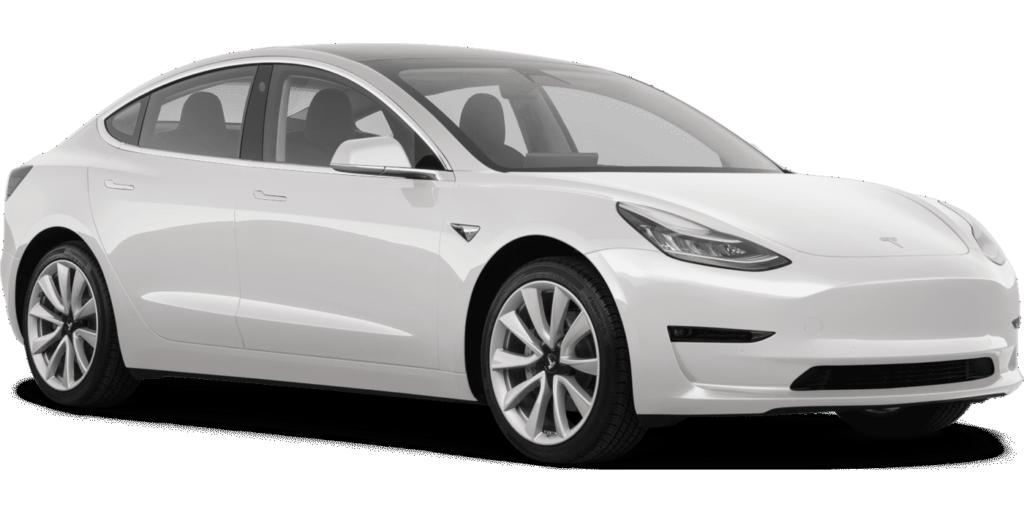The latest model to join Tesla’s portfolio is the Model 3 sedan, positioned as the most affordable car in the line. The Tesla Model 3 with the 60-kWh battery promises an EPA-rated 215-mile range, swift acceleration, and a full suite of standard advanced safety features. There is also a higher-performance 75-kWh version with dual motors.
All Model 3s come equipped with the Autopilot suite of advanced driver-assistance features that can be enabled with an over-the-air software upgrade. Sized and priced to compete with the BMW 3 Series, the Model 3 seats five in its stark cabin. The dash is barren, with the exception of a massive, landscape-oriented touch screen.
The Tesla Model 3 has swift acceleration and remarkably agile handling. Though the front seats are comfortable, the ride is very stiff and choppy, and the rear seat is too low and uncomfortable.
The controls are very distracting because even simple tasks, such as adjusting the mirrors, must be performed using the large center-mounted touch screen. The Autopilot system can maintain the car’s speed and keep it in its lane, but it isn’t designed to react to all driving conditions, so drivers must remain constantly engaged.
Changes for 2019 included new software updates such as a Sentry Mode which uses the car’s cameras to monitor the car’s surroundings. Dog mode is also new and it runs the AC when a dog is left inside. A display on the car’s screen asks by-passers not to break a window to save the dog.
Other changes for 2019 included Tesla’s new Navigate on Autopilot software, which lets drivers choose whether the car can automatically change lanes without their input.









